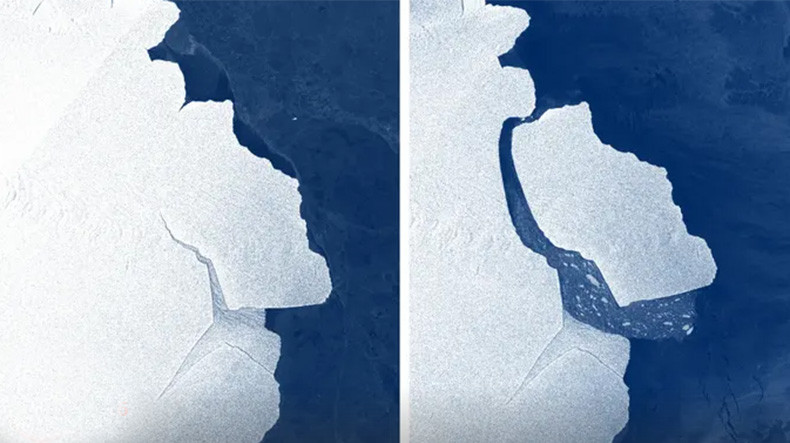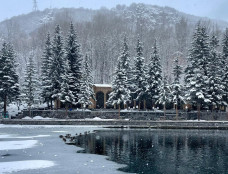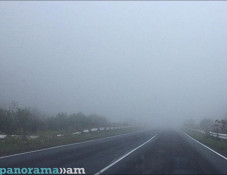
315 billion-tonne iceberg breaks off Antarctica
The Amery Ice Shelf in Antarctica has just produced its biggest iceberg in more than 50 years.
The calved block covers 1,636 sq km in area - a little smaller than Scotland's Isle of Skye - and is called D28, BBC News reports.
The scale of the berg means it will have to be monitored and tracked because it could in future pose a hazard to shipping.
Not since the early 1960s has Amery calved a bigger iceberg. That was a whopping 9,000 sq km in area.
Amery is the third largest ice shelf in Antarctica, and is a key drainage channel for the east of the continent.
The shelf is essentially the floating extension of a number of glaciers that flow off the land into the sea. Losing bergs to the ocean is how these ice streams maintain equilibrium, balancing the input of snow upstream.
So, scientists knew this calving event was coming. What's interesting is that much attention in the area had actually been focussed just to the east of the section that's now broken away.
This is a segment of Amery that has affectionately become known as "Loose Tooth" because of its resemblance in satellite images to the dentition of a small child. Both ice areas had shared the same rift system.
But although wobbly, Loose tooth is still attached. It's D28 that's been extracted.
Newsfeed
Videos






























